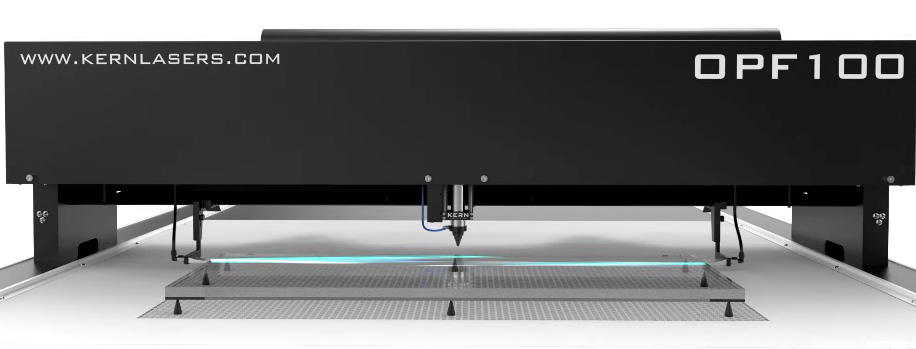- 03 9359 0688
- info@alfex.com.au
- Mon - Fri: 8:30 - 17:00
- Laser Systems
- Epilog Laser Systems
- Kern Laser Systems
- Lotus Laser Systems
- Vision Engraving Systems
- ACSYS Lasertechnik
- BOFA Fume Extraction
EpilogLaser Systems
Kern Laser Systems
Vision Engravers
- Additive 3D Printers
Desktop 3D Printers
Industrial 3D Printers
Metal 3D Printers
- CNC Machine tools
Haas Rotaries and Indexers
Haas Automation Systems
- Online Store
- Service Request
- 1300 20 15 10
VIC | NSW | QLD | SA | WA




















